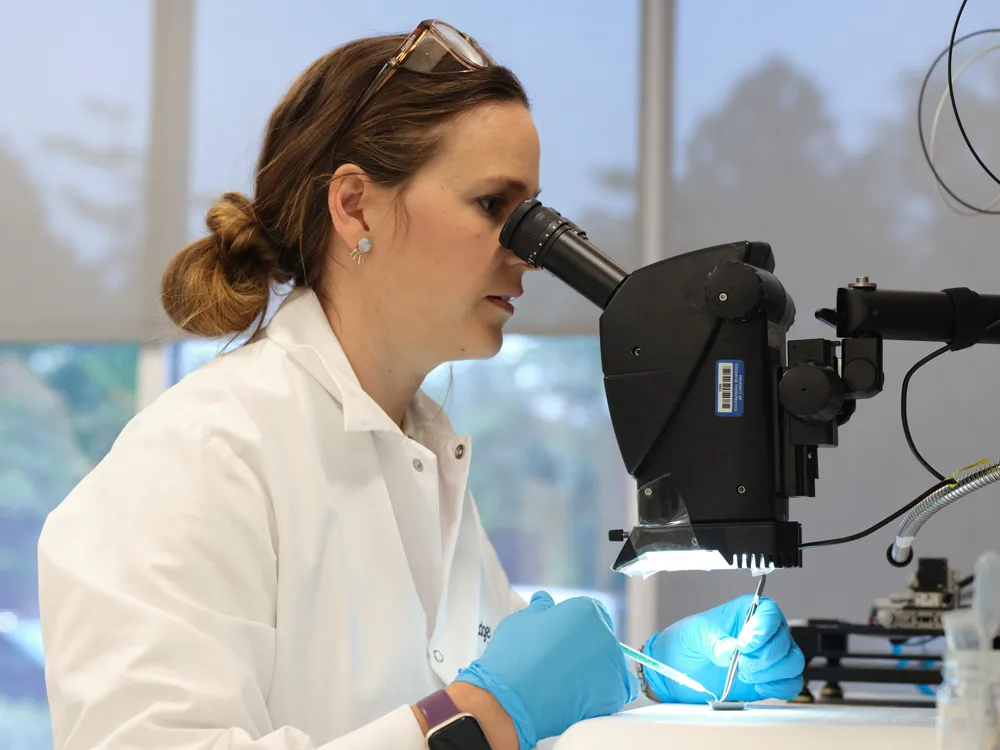Science
Deep knowledge of integrated muscle physiology
Muscle biology is exciting and complex. Every day, we explore the vast potential of this incredible organ, which plays a critical role in movement, metabolic regulation, inflammation, human growth, and other important systems within the body. Our goal is to bring muscle-targeted therapeutics to the lives of those who need them most.


Guided by our approach to targeting the muscle as an organ, we have combined our foundational expertise in muscle biology and small molecule drug discovery to build our proprietary, muscle-focused platform.
This knowledge informs our therapeutic development across serious musculoskeletal, cardiovascular and cardiometabolic diseases. The Edgewise team has broad experience in these disease areas, with great appreciation of the patients’ unmet needs, which our science aims to address.
Extensive, ongoing research and development across multiple, serious muscle diseases
Our commitment to a new generation of muscle therapeutics is demonstrated by our extensive research, development, and clinical programs across multiple serious muscle diseases and new areas of discovery in muscle health and its impact on the body. Our trials are designed to explore a wide range of outcomes that are meaningful for diverse patient populations with musculoskeletal, cardiovascular and cardiometabolic diseases.

Our Lead Compounds
Sevasemten
Sevasemten is an orally administered first-in-class fast skeletal myosin inhibitor for individuals living with muscular dystrophies including Becker and Duchenne.
EDG-7500
EDG-7500 is a novel oral, selective cardiac sarcomere modulator for individuals living with hypertrophic cardiomyopathy (HCM).
EDG-15400
EDG-15400 is a novel oral, selective cardiac sarcomere modulator for individuals living with heart failure (HF).
Sevasemten, EDG-7500, EDG-15400, and other undisclosed cardiac sarcomeric agents are investigational therapies.
They are not approved in any territory, and their safety and effectiveness have not been established.